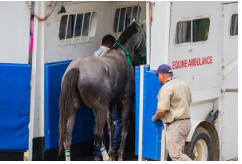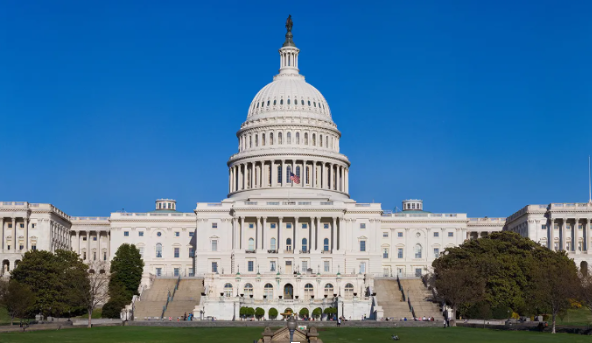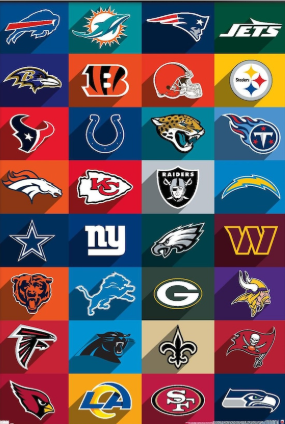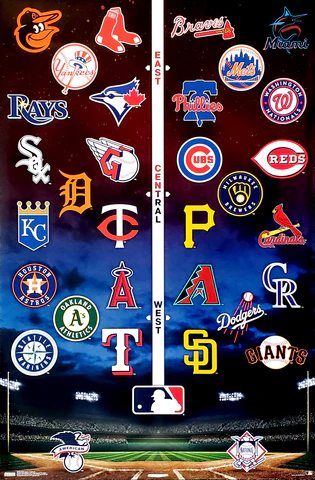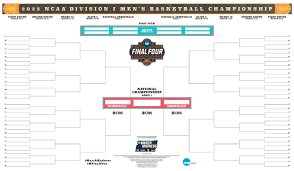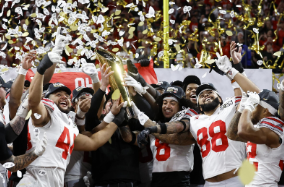Background
Churchill Downs is well known for holding the annual Kentucky Derby, but it is also known for the fatalities of many horses every race. Last year, twelve horses perished in the days surrounding the famous race. Trainers, riders, and spectators need to better prepare these animals.
This most recent Kentucky Derby held the conclusion for the multibillion dollar sport imperiled by frequent riding fatalities, reckless breeding, illegal doping practices, and the old fashioned greed of trainers, veterinarians, and owners.
The Issue
Not only is this specific race the death of many thoroughbreds, but many others. Just two weeks after the 2023 Kentucky Derby a more recognizable horse trainer died at the Pimlico Race Course. In New York a few months later, another thirteen horses died while racing and training, two who seemingly were tying to win crashed just before the finish line on live broadcasting. This is a continual problem across the country, and it must come to an end. But will it? The greed of these owners and trainers is overpowering the kindness needed to protect these animals.
The Root of the Problem
While thoroughbreds go through continuous training to keep them in shape, their legs cannot handle the amount of pressure put on them on race days. Thoroughbreds ankle’s are the size of a coke bottle, and hooves the size of an ashtray. These small pieces to the animal are expected to carry the 1200 pound horse at a top speed of 35 miles per hour.
After researching, Melissa Hopert and Joe Drape found that money is the root of the issue. Trainers push their horses too far, sometimes giving them illegal performance-enhancing drugs. To win is to take these risks, and that’s what the people want. To win. A win at these big races is a big advancement for trainers and owners. Owners know that a signature win will turn their million dollar business into a multi-million dollar business. If the horse is considered ‘good enough,’ they can stay as a breeding horse. Breeding gives these owners millions of dollars, without them having to do much for the animal itself.
Injections often given to horses in pain are meant to help the thoroughbreds, but in many cases trainers overuse them to mask the pain of these animals. For example, eleven of the thirteen racehorses who perished last year at Churchill Downs had fetlock issues, which were covered by the many injections given by vets. Another three had been named unsound by veterinarians, but the trainers and owners persisted and raced the horses anyways.
Conclusion
Greed, money, and unfair power use is ultimately the root cause of the continued deaths of these animals. Humans have failed racehorses. The multimillion dollar business will continue, thoroughbreds will break, and the owners and trainers at fault will continue living free of repercussions of what they caused.
Cites
https://messaging-custom-newsletters.nytimes.com/dynamic/render?campaign_id=9&emc=edit_nn_20240505&instance_id=122419&isViewInBrowser=true&nl=the-morning&paid_regi=2&productCode=NN®i_id=203945409&segment_id=165695&te=1&uri=nyt%3A%2F%2Fnewsletter%2F671daae8-8c18-57f6-a91b-19a766780166&user_id=3fe21e664b55fe464921a4393ad1b5e4

